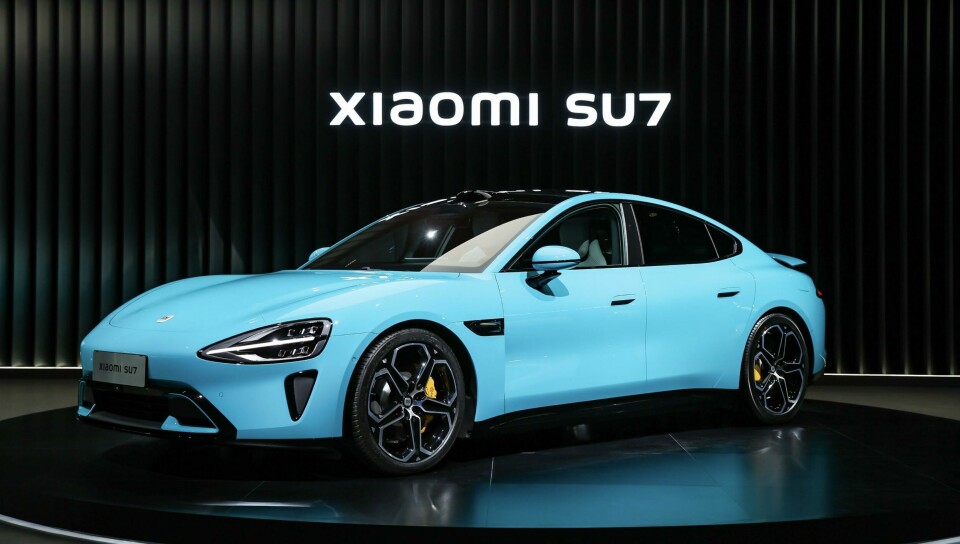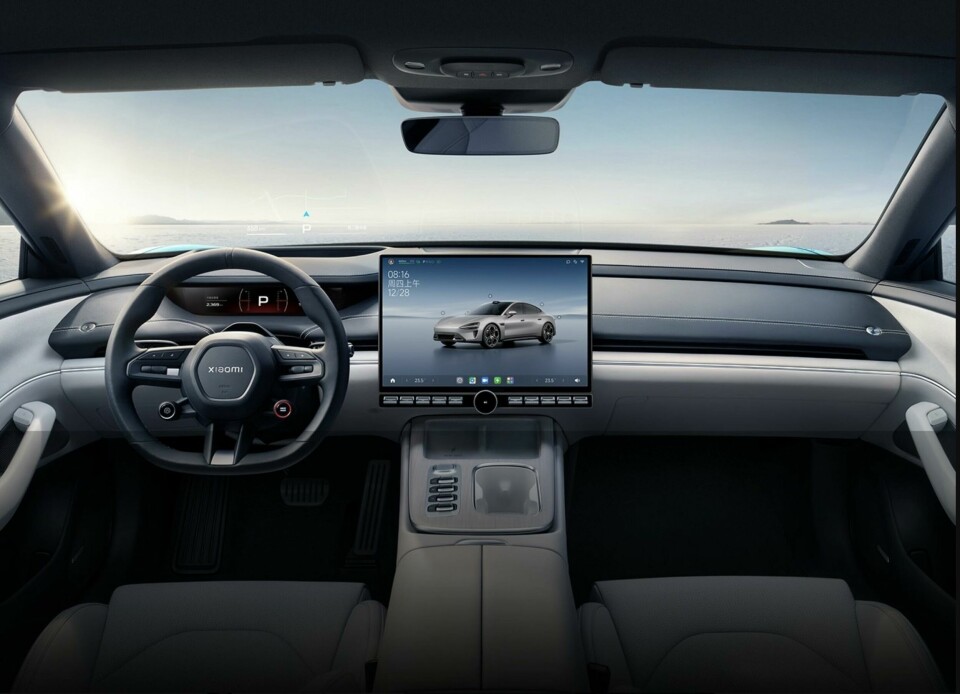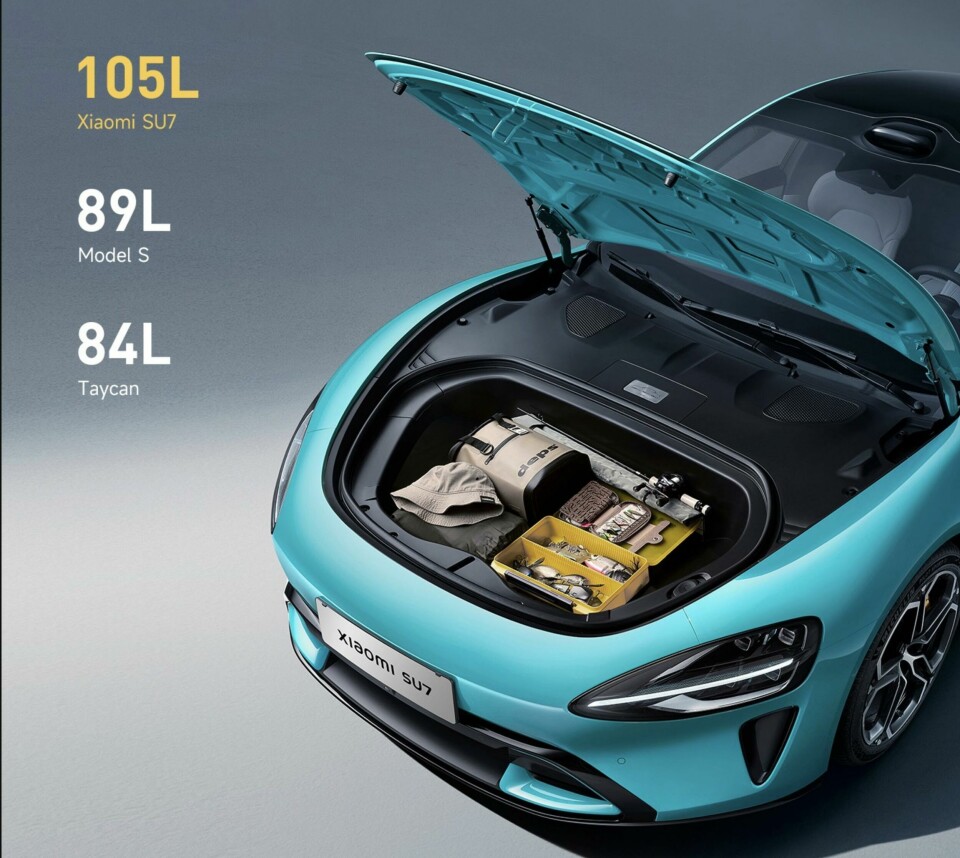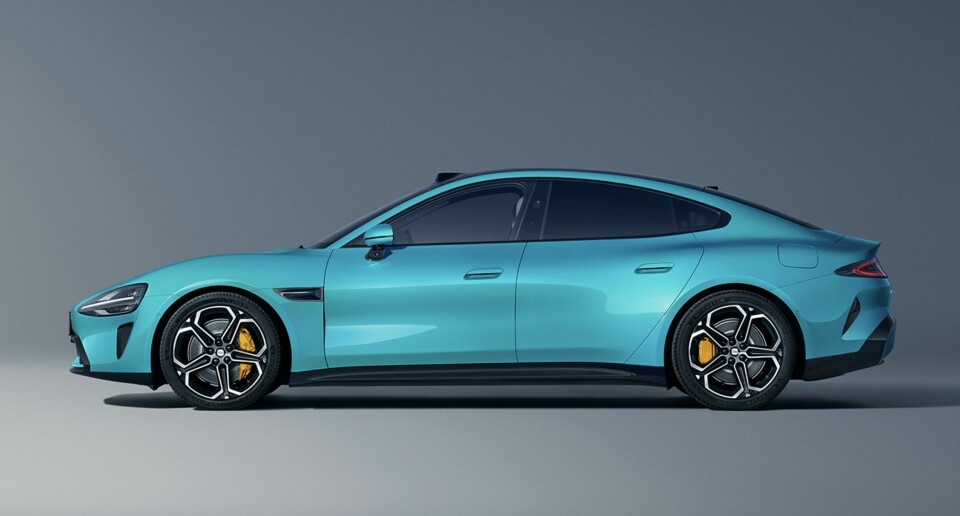
Xiaomi introduces its first car, the SU7
Has the mobile phone giant introduced the first truly 21st century car?
As 2023 was drawing to an end, Xiaomi, the Chinese mobile phone giant, fired the opening salvo of automotive news and tech innovation for 2024. On December 28, the company’s CEO, Lei Jun, introduced the company’s first car, the Xiaomi SU7.
A full-size sedan, the SU7 is designed and engineered to aggressively compete with the Tesla Model S, the Porsche Taycan, the Zeekr 007, and others. The name stands for ‘Super Ultra’, while ’7’ is the class of vehicle. The SU7 comes in a basic two-wheel drive version and the SU7 Max, which is all-wheel drive, with massive acceleration and torque. The SU7 also breaks new ground with seamless connection between Xiaomi personal electronics, smart home devices and in-vehicle electronic controls. In Xiaomi parlance, “a Human x Car x Home smart ecosystem”.
The SU7 was designed by a team lead by Li Tianyuan, who was hired away from BMW in 2021. During the design process, the team benchmarked the Porsche Taycan and the Tesla Model S. The exterior design is strongly reminiscent of both, with Taycan-like headlights, and Porsche-like massing at the rear of the car – which is completed with Porsche-like taillights.
The overall massing, proportions and stance are very well resolved. And Xiaomi deserves a commendation for choosing a sedan (like Tesla) as its inaugural vehicle format, bypassing the obvious path of an SUV.
At the interior, the driver faces a minimalist IP, with a 16.1-inch screen above the center console, and a 56-inch HUD screen across the windscreen. Curiously, there is no screen on the front passenger side as featured in many cars recently introduced in China. At the rear, passengers can enjoy the two screens mounted on the front seats. These screens are, in fact, Xiaomi MiPads, and can be detached from the car.

Xiaomi is a tech company, so a good bit of Lei Jun’s presentation revolved around the SU7’s software and new operating system, HyperOS, which will also be a part of Xiaomi’s personal devices to assist in a new level connectivity. Also carefully outlined was Xiaomi’s commitment to advanced sensing and mapping technologies, which support active safety features today and will be the foundation of more extensive autonomous driving tomorrow.
Is this the natural evolution of the automobile, or is this an inflection point
There was a good deal of discussion on social media about not only what the SU7 is, but also what it means. Is this the natural evolution of the automobile, or is this an inflection point in its history?
For the last decade we have been talking about the forthcoming “smart” car: electric, connected, and possibly autonomous. Now that moment seems to be here. Although the SU7 does not claim to be completely autonomous, its ADAS system claims to be very advanced. Its connectivity is also very advanced, linking all types of Xiaomi devices, and, in a sly reference to the now-canceled Apple car, also supports Apple CarPlay, and can connect to Apple phones and tablets.
At stake here is the independence, or autonomy, of the car itself. For over a century, the car has been a unique machine and personal environment, one that offered unparalleled freedom of mobility and escape. Departure and adventure were sitting in one’s driveway, just awaiting one to climb in and take off.
That is still possible with the SU7, but it is “tethered” as it were, to the Xiaomi ecosystem. To some that will be a great convenience and reassurance. To others, it will seem to be yet another intrusion into our private worlds by electronic devices. And what can be connected can also be hacked or surveilled, as we all know from having smartphones. (Cyber security is of course an issue for all manufacturers today).
Also, the car was, for decades, an “Apex Species” of personal technology; an object of desire that sat far above other personal tech. But now, as a connected device, the car is just another link in the communication/information chain, albeit one still with enormous design caché. For traditional petrolheads, it is enough to bring on a full existential crisis.

To some extent, reactions to the SU7 and its imitators to come, will be generational. Gens Y, Z, and the forthcoming Gen Alpha buyers will welcome more connectivity and communication, using their cars as “devices” to extend the social connectivity and power of its users. For older generations, all this connectivity may seem too intrusive, too Orwellian. Big Brother is watching you.
For now, Xiaomi will claim to have produced the first truly 21st century car. CEO Lei Jun, in his introductory speech, quoted a line from Chinese poetry: “With firm strides we are crossing its summit.” For Xiaomi, it is clear that it believes to have reached the broad sunlit uplands of a new kind of technology and mobility.
Xiaomi claims the SU7 “marks a significant leap from the smartphone industry and a crucial step toward closing the loop of the Human x Car x Home smart ecosystem”. And all this from a tech company, previously known for mobile phones and other personal devices. Indeed, Xiaomi is not shy about its tech-first approach.
From the press release accompanying the video, Lei Jun further expressed that the century-old automotive industry offers little room for maneuvering today: ”Xiaomi has decided to invest tenfold, starting from the development of fundamental core technologies, committing to constructing an outstanding vehicle. Through 15 to 20 years of effort, Xiaomi aims to become one of the top five global automakers.’”
To the traditional OEMs: you have been warned.






















